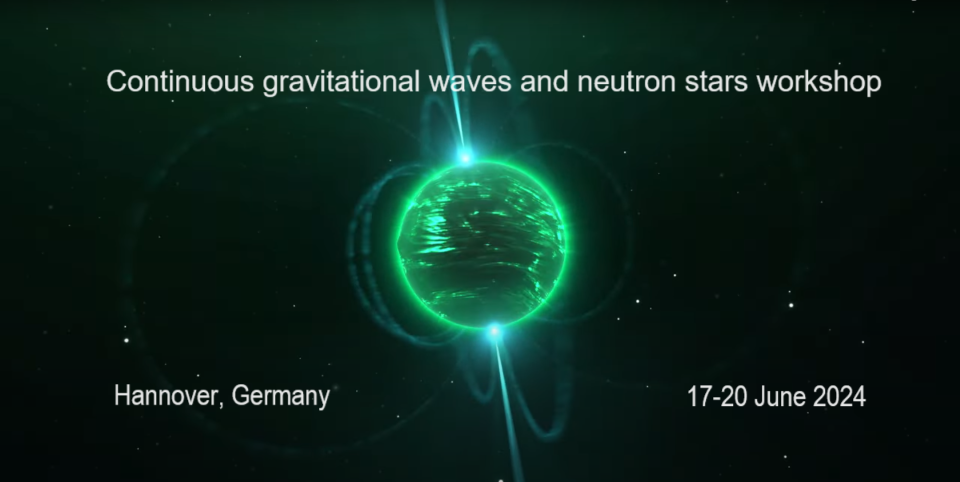Analysis of the polarization of electromagnetic radiation, or polarimetry, is a unique tool that allows us to obtain information about astrophysical objects that cannot be obtained in other ways, for example, regarding their geometry. With the launch of the IXPE (Imaging X-ray Polarimetry Explorer) mission at the end of 2021, this instrument became available in the X-ray range as well. In my...
Globular clusters have historically been a prime target for radio pulsar searching owing to their old stellar population and dense environment. The Terzan 5 globular cluster is one such source that houses numerous pulsars and has been extensively studied at multiple wavelengths. In this talk, I will be presenting 9 new binary pulsars discovered in Terzan 5 using the MeerKAT radio telescope....
Radio searches of unidentified Fermi-LAT gamma-ray sources have discovered more than a hundred new millisecond pulsars. The two types of data, radio and gamma-ray, have very different properties. For example, the radio data provides extremely precise pulse arrival times, but often has gaps and typically only covers the time span between detection and the most recent observation. The gamma-ray...
Neutron stars in compact binary systems are potential sources of continuous gravitational waves. While those containing another degenerate object should provide the "cleanest" signals, double neutron stars are rare, and neutron star-white dwarfs tend to be found at wider orbital periods. On the other hand, another type of neutron star binary, colloquially called spiders due to the strongly...
Since its launch in 2008, the Fermi Large Area Telescope (Fermi-LAT) has aided to discover more than half of the known millisecond pulsars (MSPs). Among these are Spider pulsars, which are MSP binaries with main sequence or semi-degenerate stars in tight orbit (orbital periods ≲ 1day). These Spider pulsars are among the fastest-spinning and heaviest pulsars due to the recycling scenario....
Millisecond pulsars are ideal targets to probe the strong interaction at supranuclear densities and search for continuous gravitational wave (CW) sources. Either the rotation of their magnetic field or the infall of matter lost by a companion star is assumed to power their electromagnetic emission. Recently, we exploited the fast optical photometer SiFAP2 at 3.6m INAF’s Telescopio Nazionale...
Pulsar timing noise is the stochastic deviation of the pulse arrival times of a pulsar away from their long term trend. In the standard two-component crust-superfluid neutron-star model, timing noise can be explained as the perturbation of the two components by irregular torques. Interactions between the crust and superfluid cause these perturbations to decay exponentially with a...

